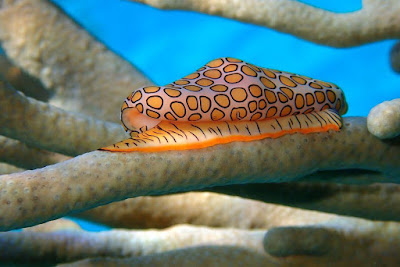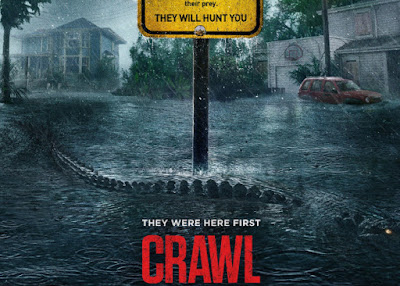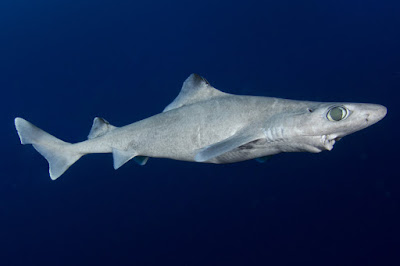Top 5 Strange Phenomenon's In The Ocean

What do you think when you have been asked "what do you know about ocean?" The possible answers would be "marine life, beautiful waves, beaches or ship wrecks, blah, blah..." But do you ever thought that there are many strange phenomenon's happen in the ocean due to currents and weather. Here are the top 5 weird phenomenon 1. Fog Tsunami At a first sight, these appears to be giant tsunami headed towards us. But this is a strange phenomenon caused during the late spring or early summer. When the warm water condensates with the cool ocean water causing a massive amount of fog. 2. Waterspout A waterspout is a spinning column of air and mist that develops on lakes, rivers and sea. They fall into 2 categories: fine weather and tornadic. Fine weather spouts are formed on the surface of the water and works its way upward. While tornadic thunderstorms are more dangerous which are formed on the water and accompanied with high tides, large hail and severe lightning. 3. Ma...





